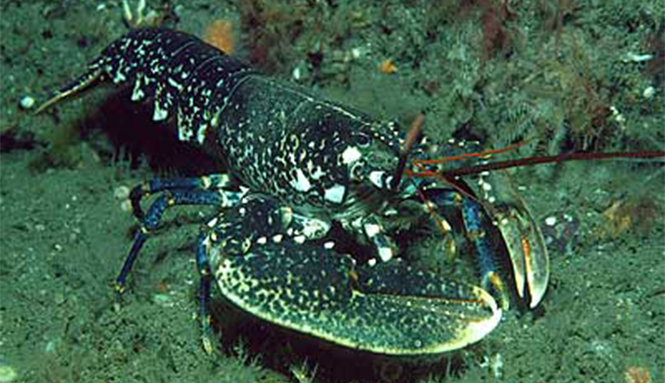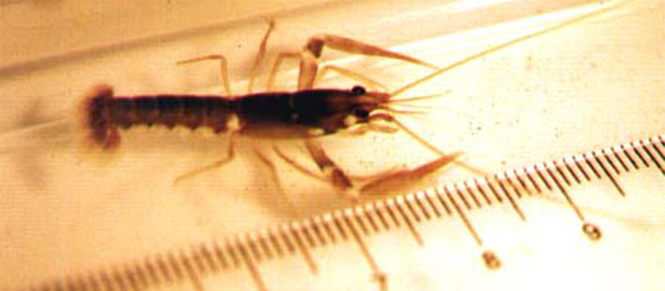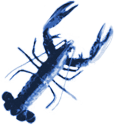What’s in a Name?
Homarus Ltd is named after the European lobster, Homarus gammarus. It is Europe’s largest and strongest crustacean – a beautiful animal and magnificent icon of marine life.
- Homarus gammarus was first described by Carl Linnaeus, the Swedish taxonomist, in 1758. It was originally named Homarus vulgaris (= common lobster).
- Homarus belongs to the same order as crabs, prawns and shrimps: Decapoda, (= ten legs).
- Lobsters at the minimum commercial size are thought to be around 5-7 years old. Some of the enormous specimens occasionally caught may be 50 or more years old.
- The natural range of the European lobster is from Morocco to Northern Norway, including parts of the Mediterranean.
- Lobsters are caught in baited traps known as pots or creels. Fishermen use oily fish such as scad as the bait of choice.

- The closely related Homarus americanus is found in the North-Western Atlantic. It is larger, more prolific and supports a fishery in North-east USA and Eastern Canada. However connoisseurs prefer the taste and texture of Homarus gammarus.
- Farming of lobsters has been a tantalising goal for aqauculturists. Research on both sides of the Atlantic on both species in the 1970’s and 1980’s was intensive and gave rise to several expensive pilot scale “farms”. Great advances were made in terms of larval and juvenile rearing, diets and holding systems. Sadly, the aggressive and cannibalistic nature of lobsters means that they have to be held individually once over a few months old. This, together with relatively slow growth, has meant that commercial-scale farming from egg to market remains uneconomic.
- Farming research has given rise to hatchery production of juveniles for enhancement of natural stocks in UK, Ireland, Norway, USA.

